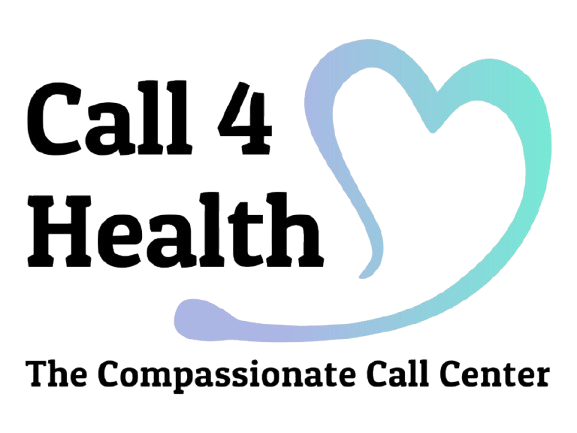Creating better outcomes for patients is a key goal for cardiologists. Patients with cardiovascular diseases, such as coronary artery disease, arrhythmias, and heart failure, can benefit from new technologies like remote patient monitoring (RPM) in several ways. RPM involves using connected devices and software to monitor a patient’s health from their home. Here are some ways that cardiologists can utilize RPM to manage their patients’ health better.
Continuous Heart Rate Monitoring
Remote patient monitoring services allow continuous monitoring of a patient’s heart rate and rhythm. This is especially useful for patients with arrhythmias, as it allows the cardiologist to detect any abnormalities in heart rate and rhythm that could indicate a potential problem. They will also be able to identify changes in a patient’s symptoms, such as shortness of breath or chest pain.
Daily Vital Sign Monitoring
RPM can also help cardiologists monitor their patient’s vital signs, such as blood pressure and oxygen saturation. This is especially beneficial to those with chronic heart failure, as it can help identify any signs of fluid accumulation or congestion that could indicate a decline in their health. With the data collected from RPM, cardiologists can quickly identify changes in their patient’s health and take appropriate action.
Medication Compliance Tracking
RPM can also be used to track a patient’s medication compliance. This helps cardiologists ensure that their patients are taking the prescribed medications and monitoring for any potential side effects or drug interactions. Cardiologists can be assured that the patient receives the best possible care. It also reduces the risk of complications from medications.
Allows For Easier Follow-Ups
Monitoring patients remotely also allows cardiologists to follow up with their patients more easily. This can be done through video calls or remote patient visits, eliminating the need for the patient to travel to the medical office. These options provide convenience and cost-savings for both patients and cardiologists alike.
Reduces Hospital Readmissions
Nurse triage services can also help reduce hospital readmissions. By closely monitoring a patient’s health data, cardiologists can quickly identify any changes requiring hospitalization. This allows them to intervene early and prevent a potentially dangerous situation from occurring.
Creates a Deeper Bond Between Patients and Cardiologists
Additionally, nurse triage services help create a deeper bond between patients and cardiologists. With the data that is collected, cardiologists can gain a better understanding of the patient’s overall health and lifestyle. This allows them to provide more personalized and tailored care to their patients. A greater sense of trust often contributes to better health outcomes.
Overall, remote patient monitoring is a valuable tool that cardiologists can use to better manage their patients’ health. Cardiologists can make more accurate diagnoses, provide better care, and help reduce hospital readmissions with the data collected from RPM. Working with a professional RPM provider like Call 4 Health can help cardiologists get the most out of RPM technology. Contact Call 4 Health today to find out more information about this important medical technology.




